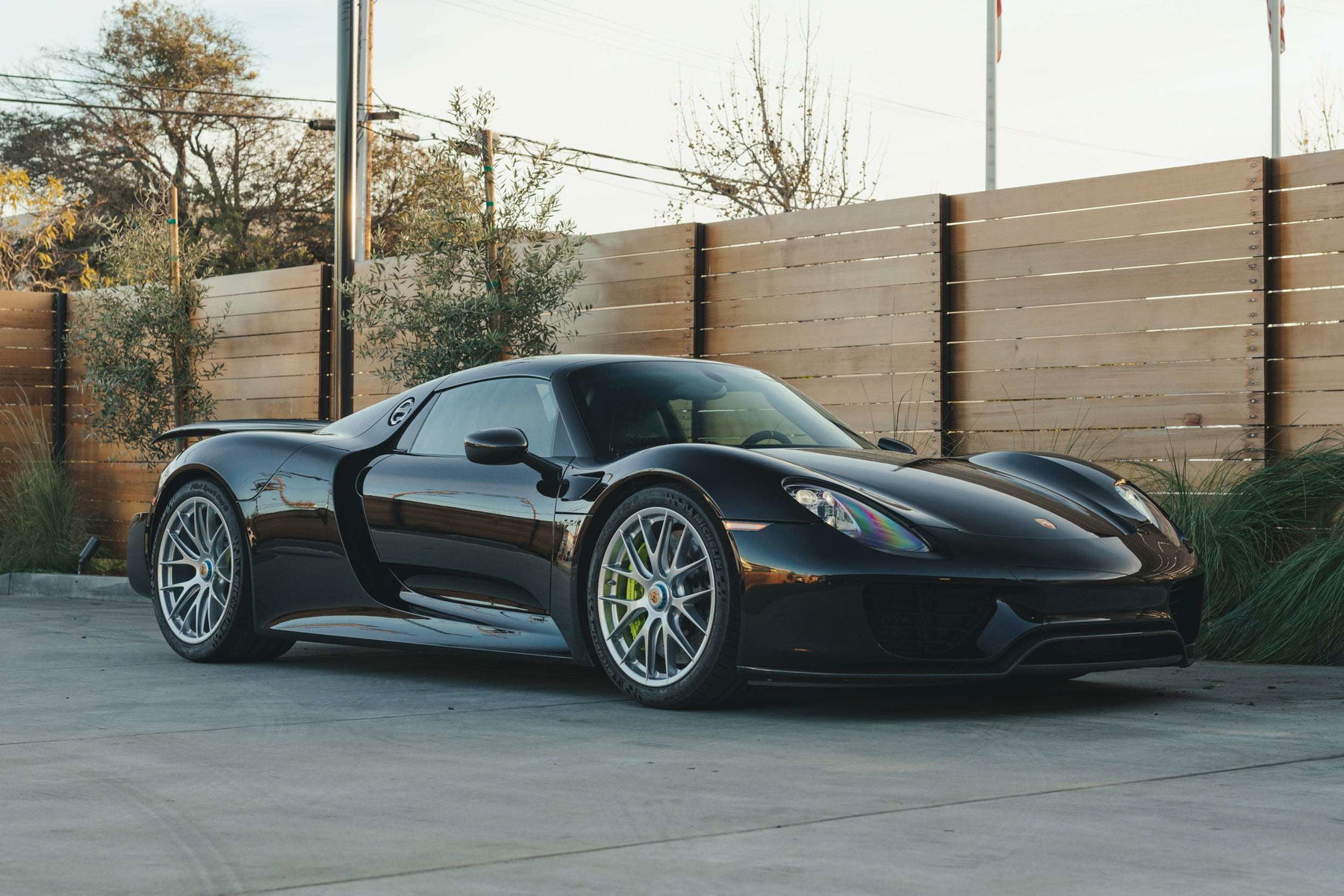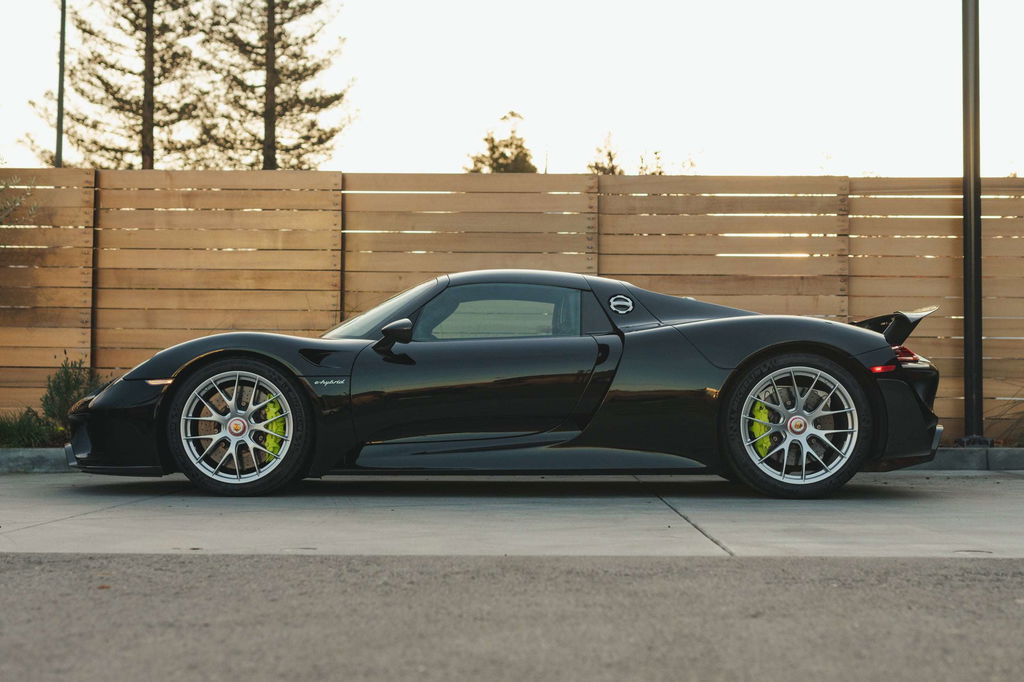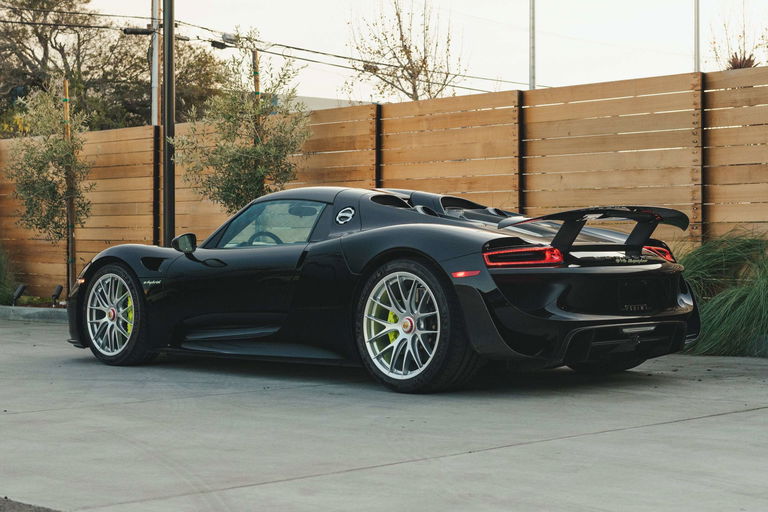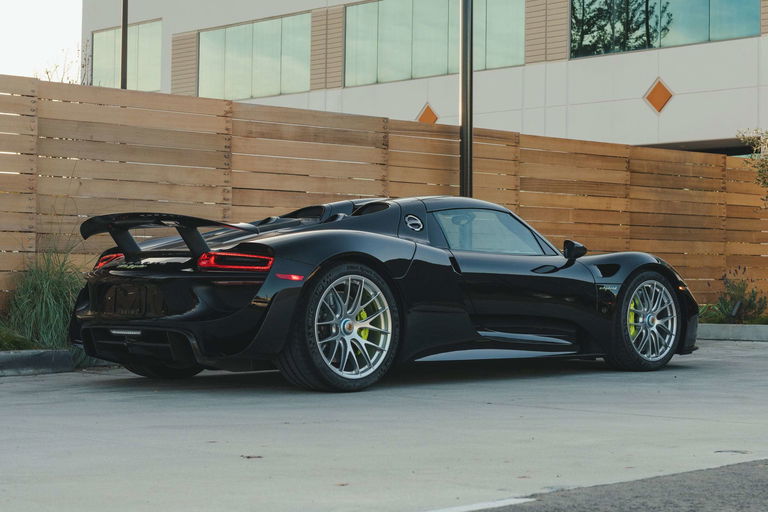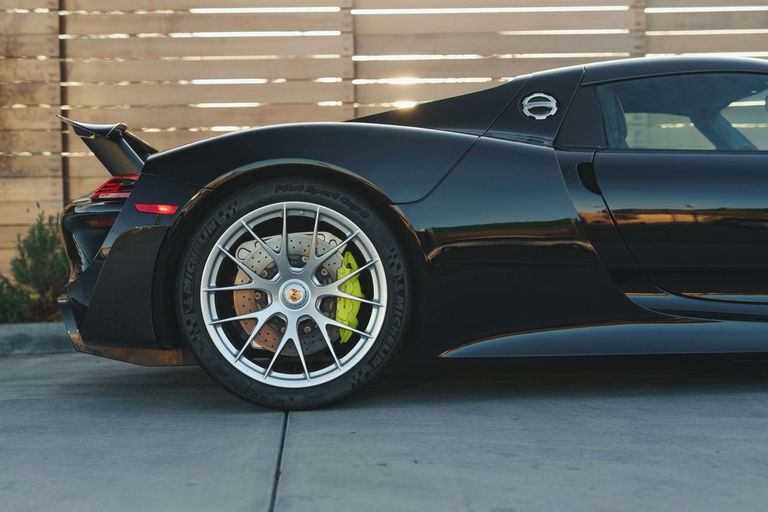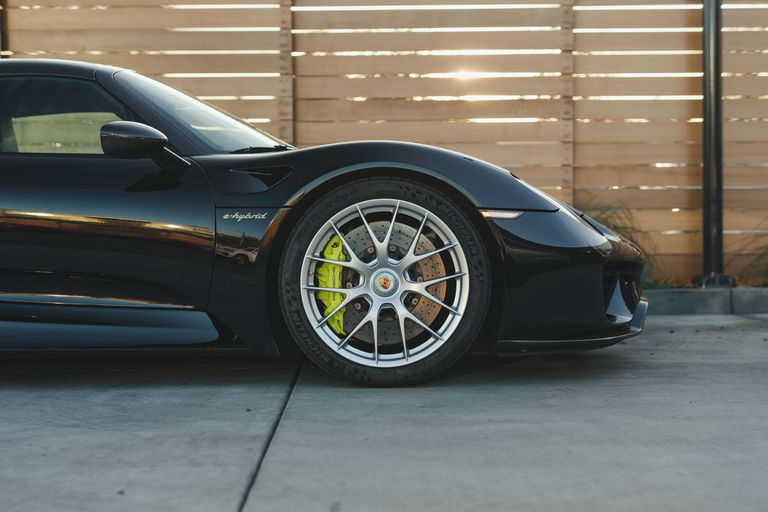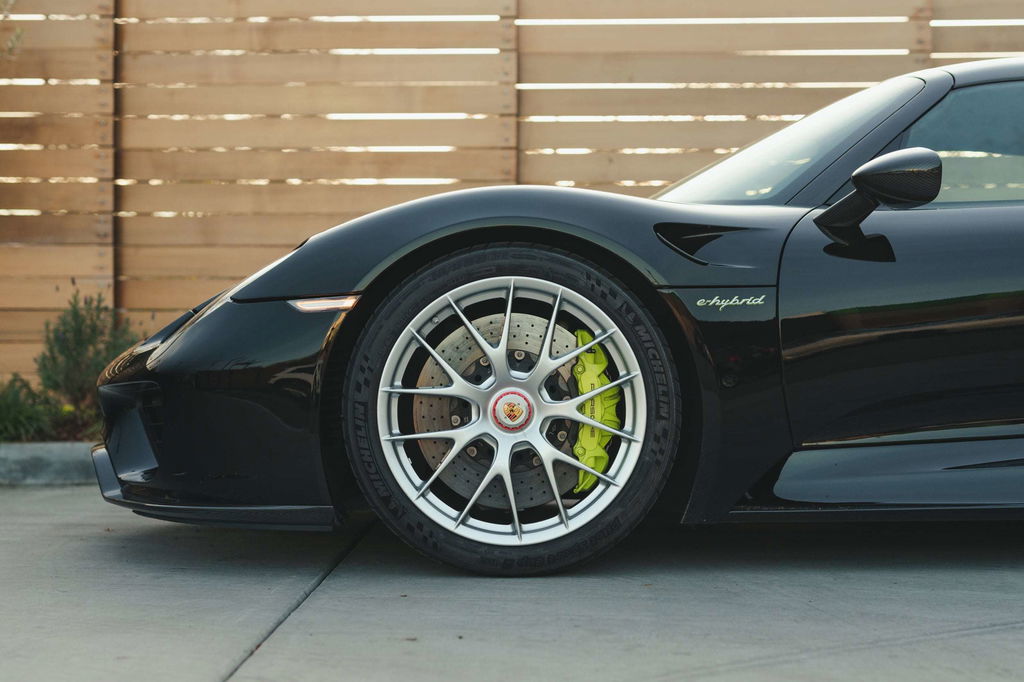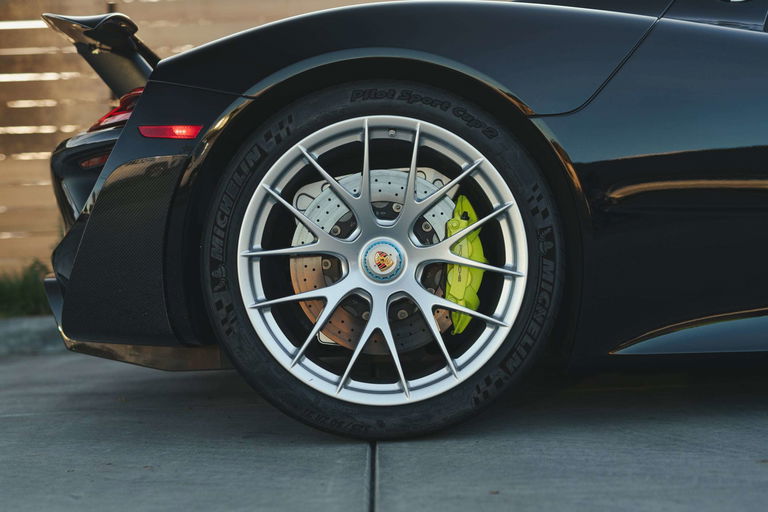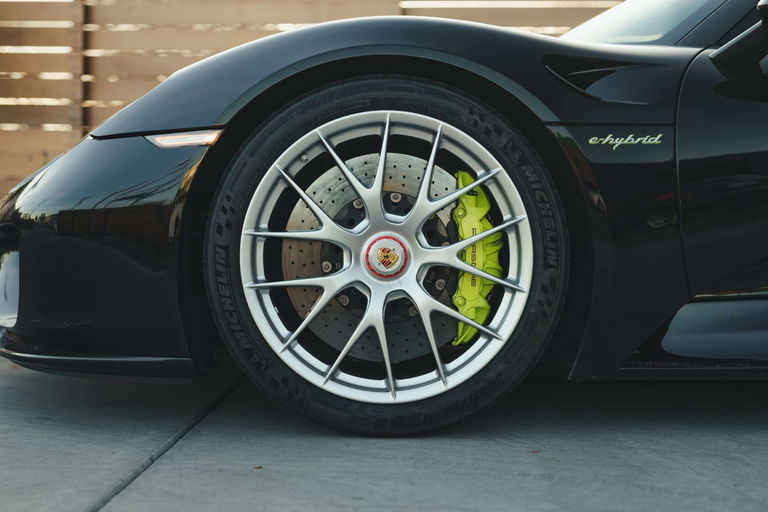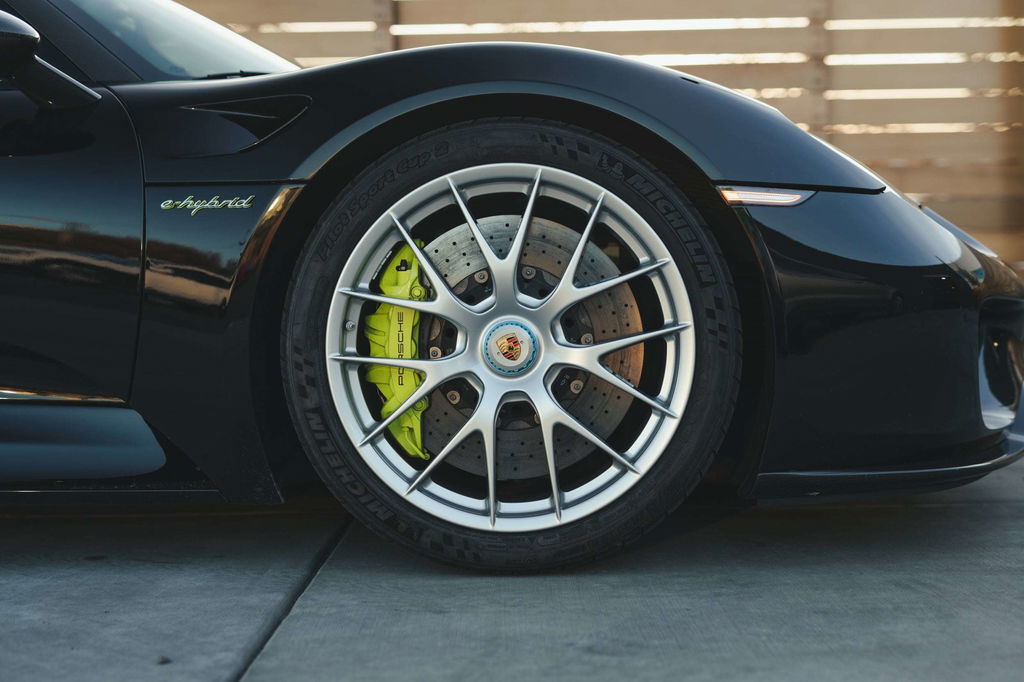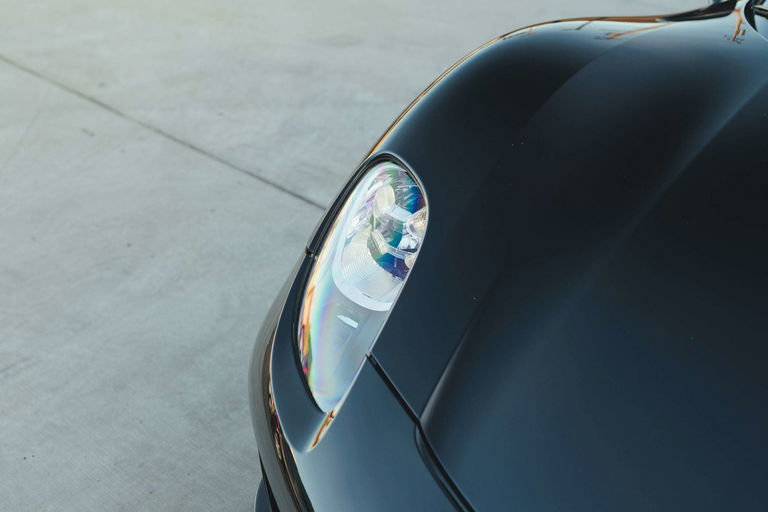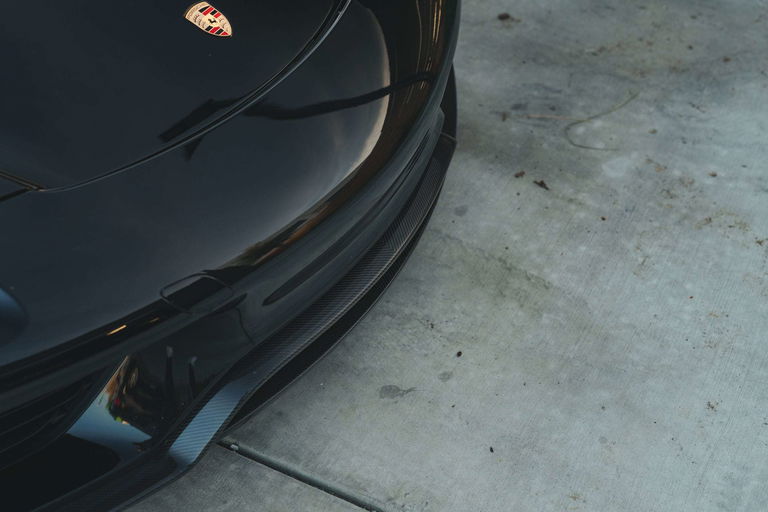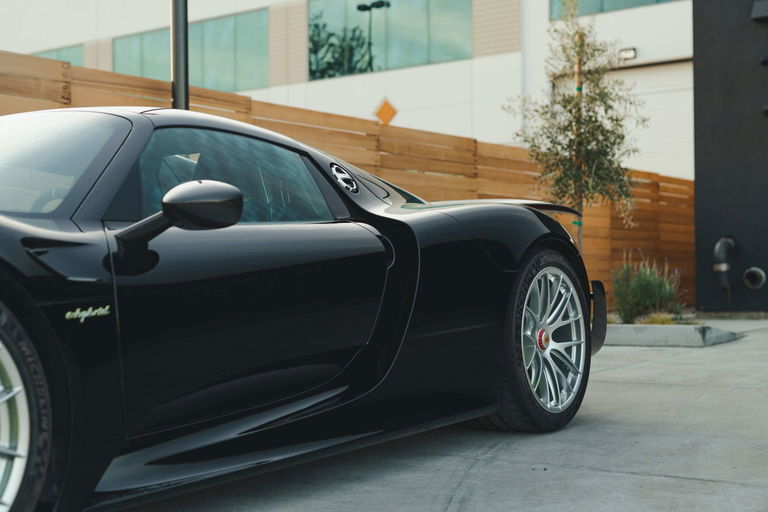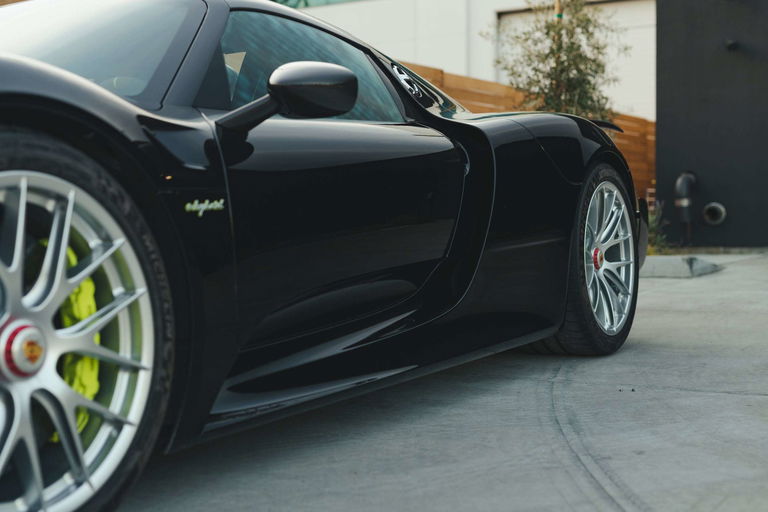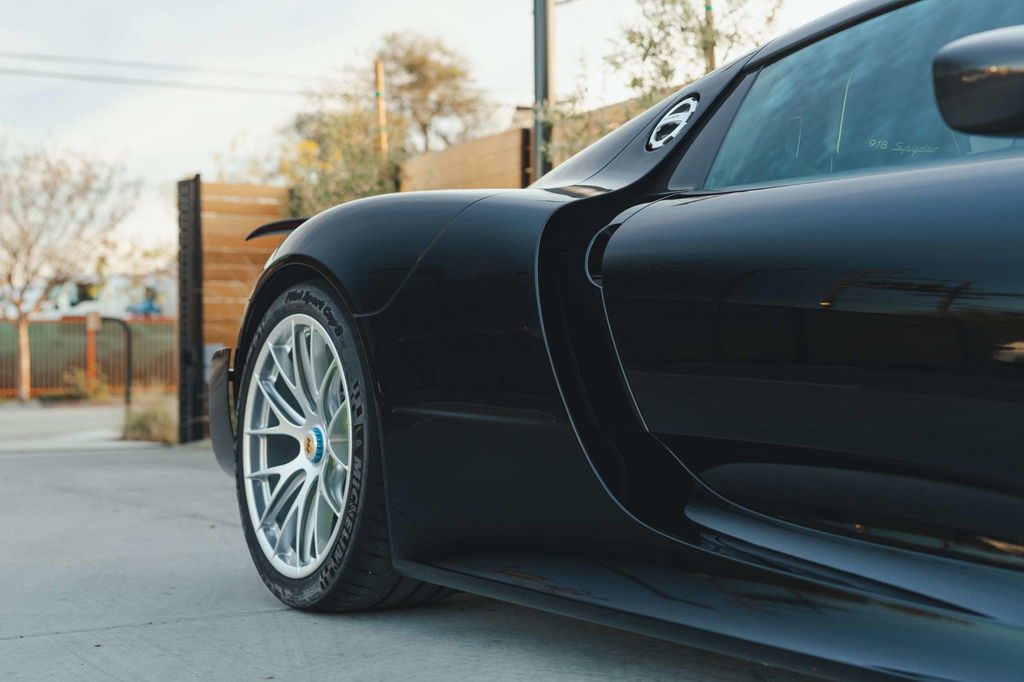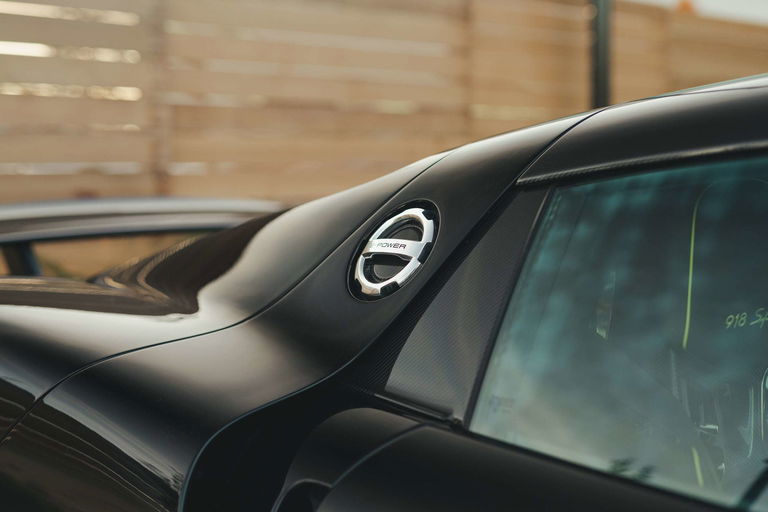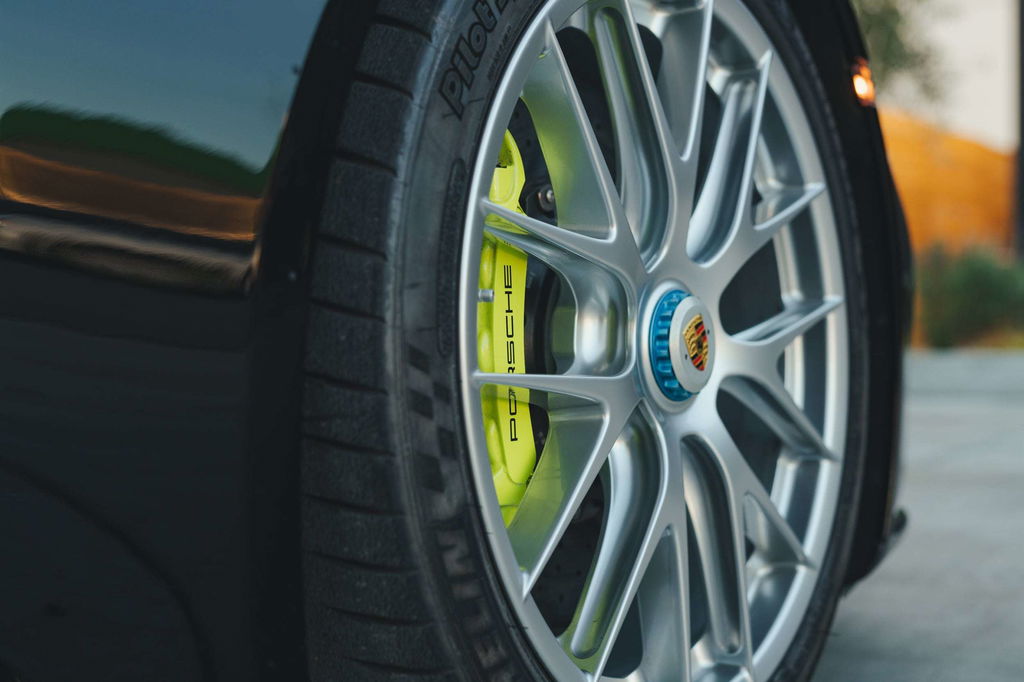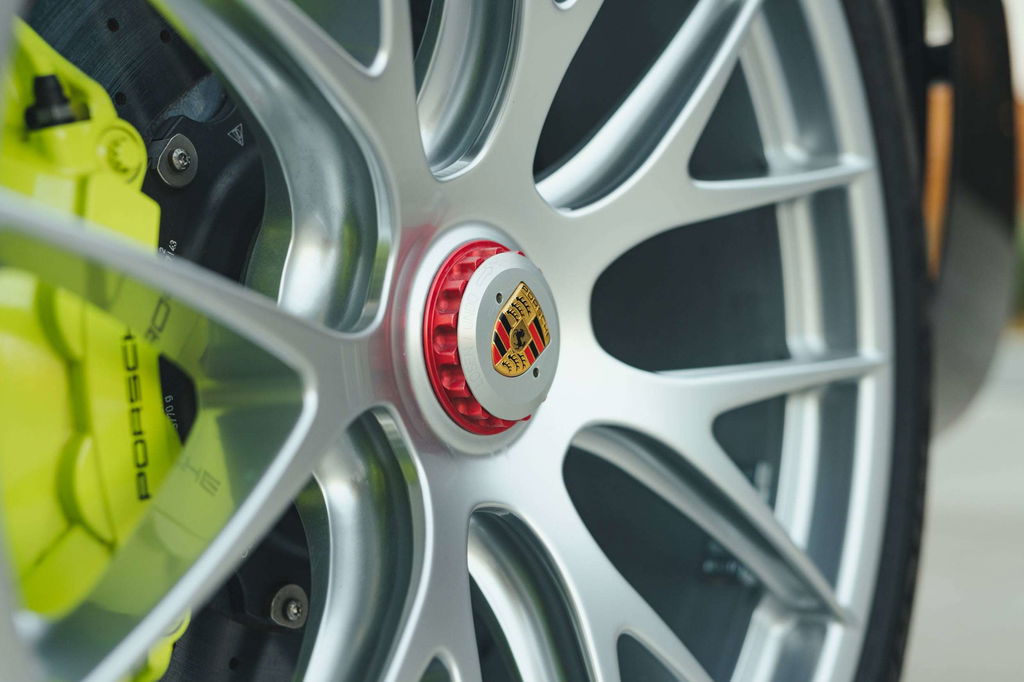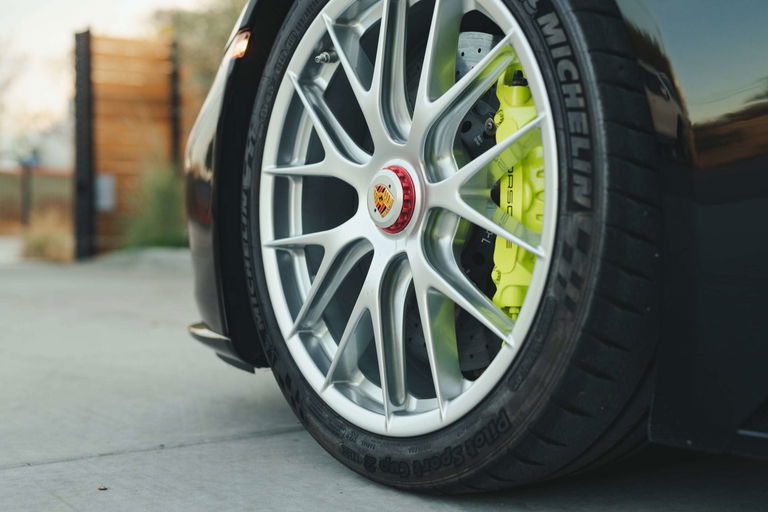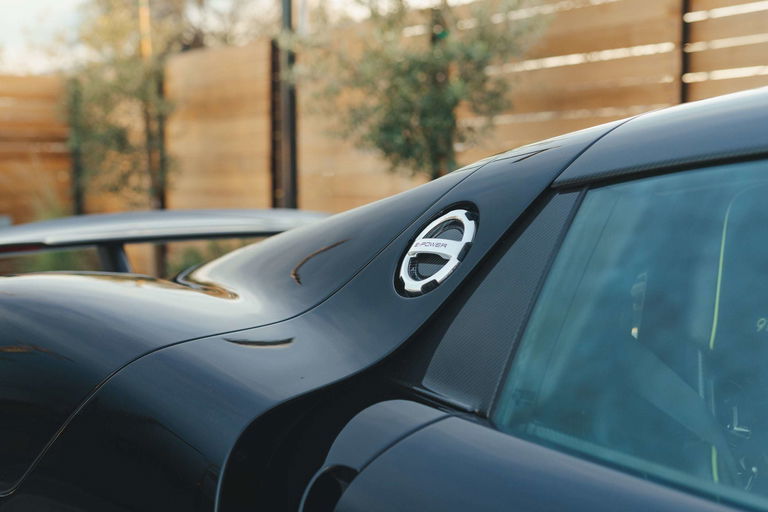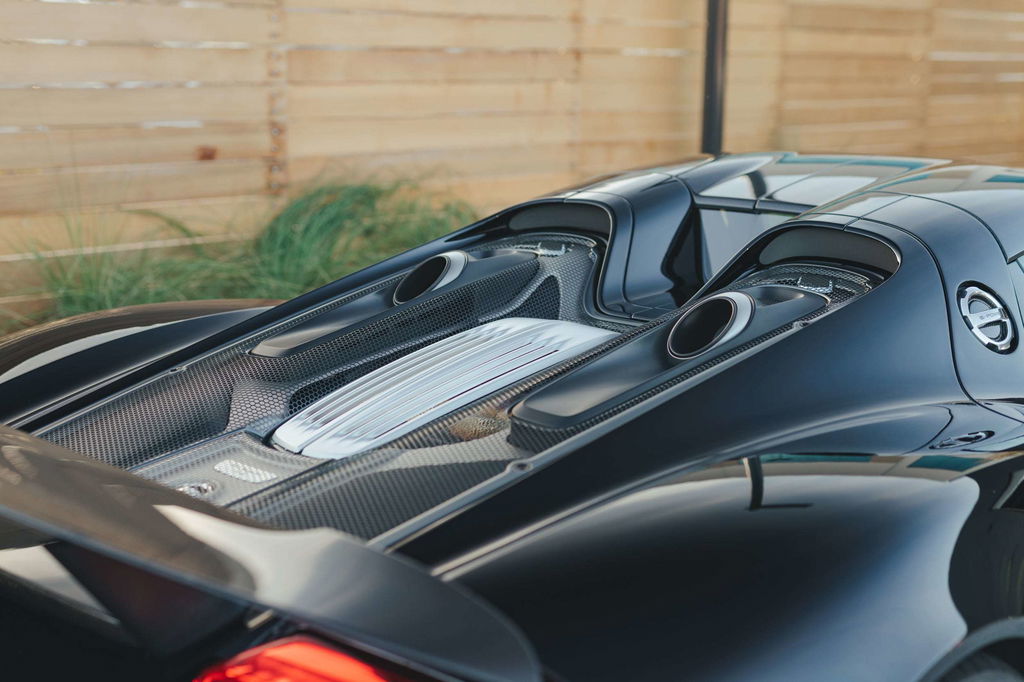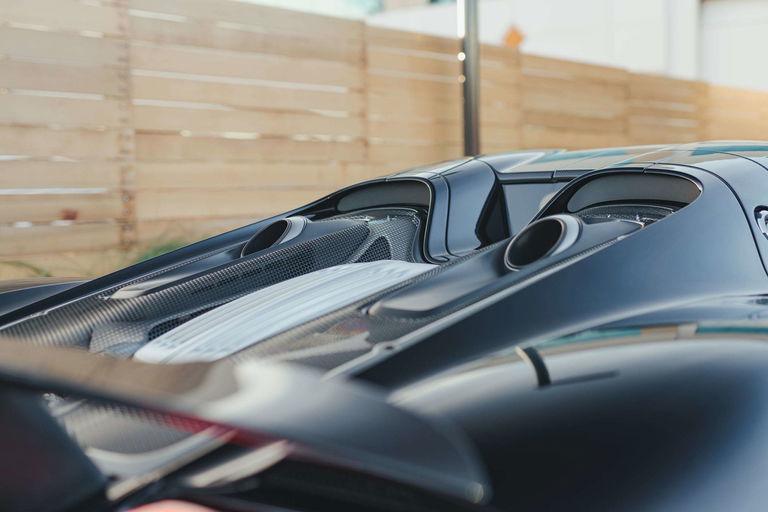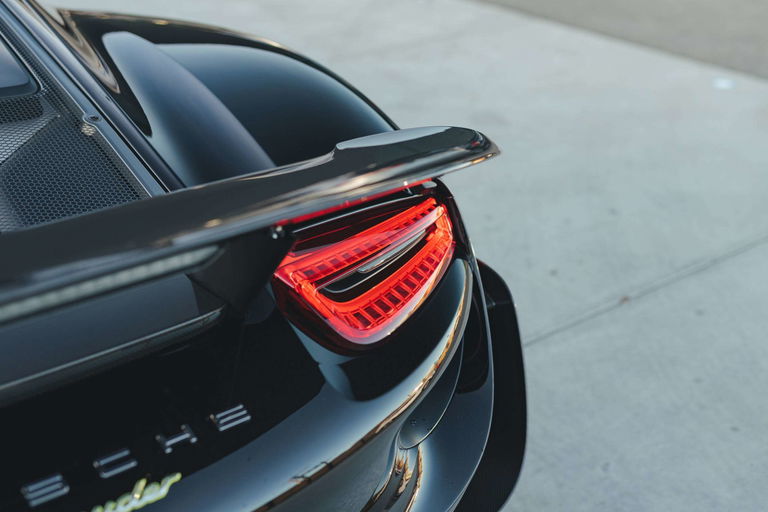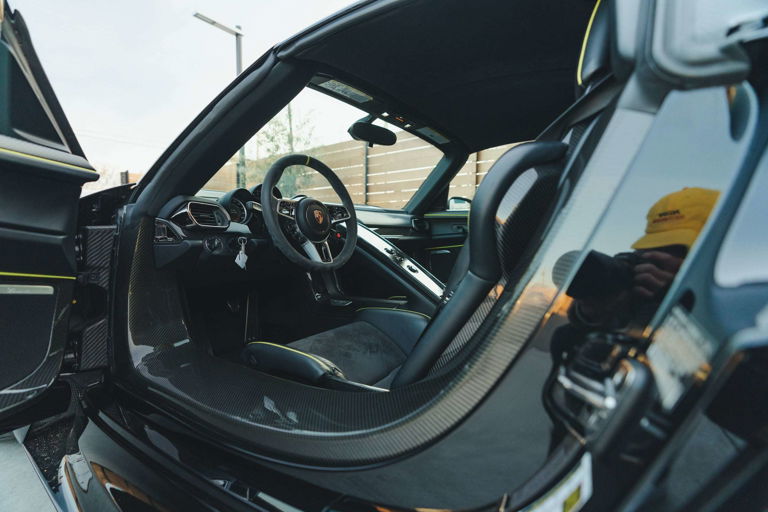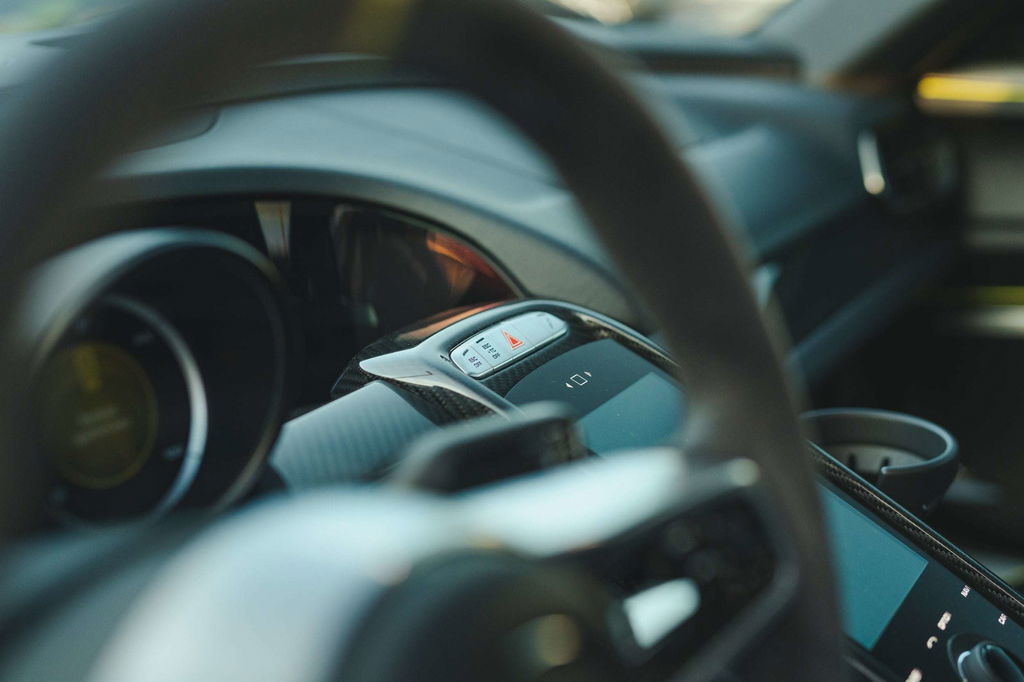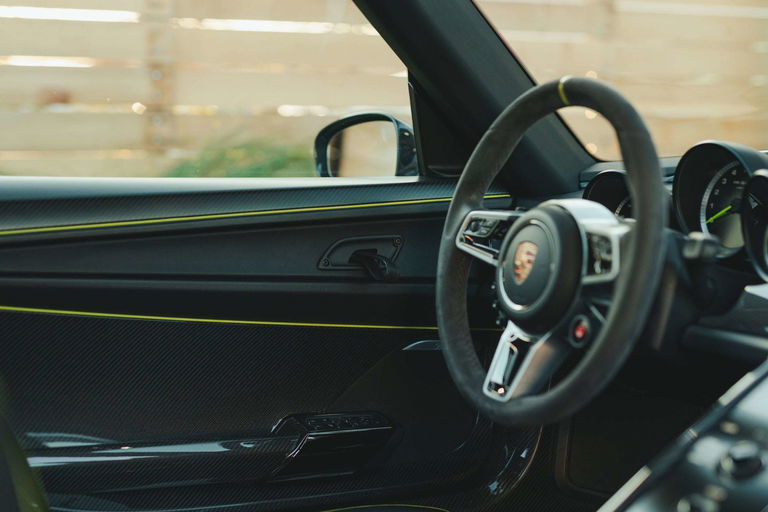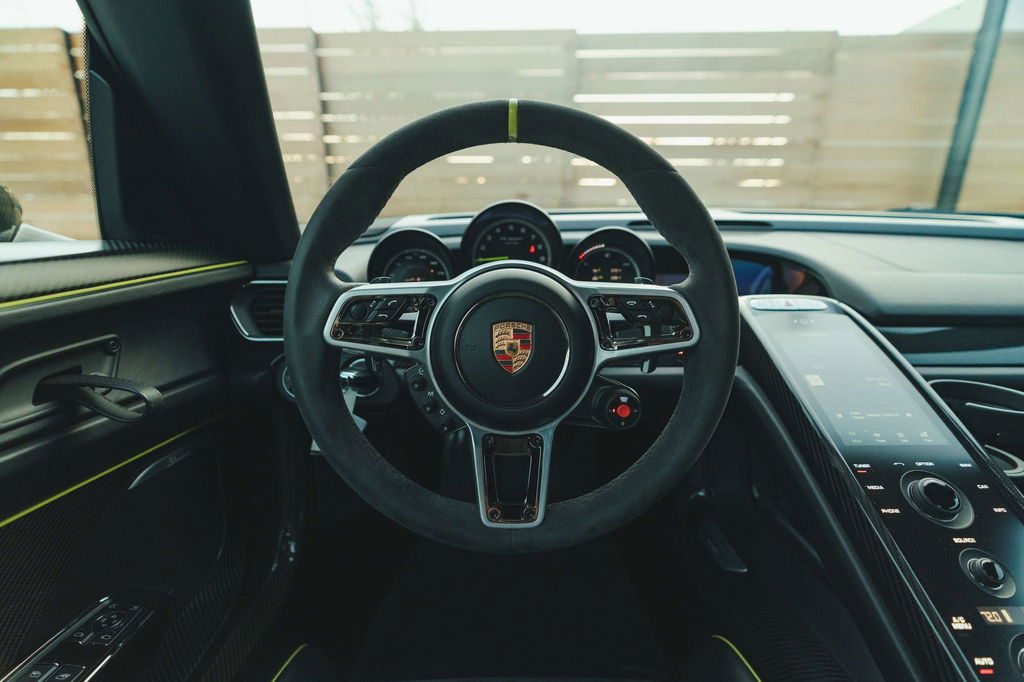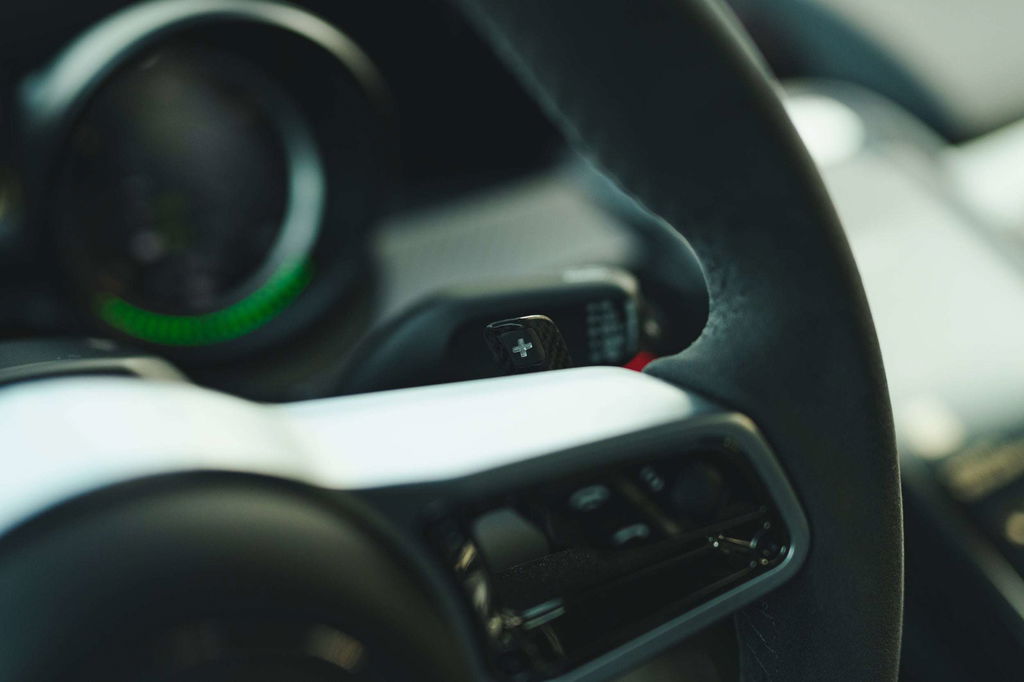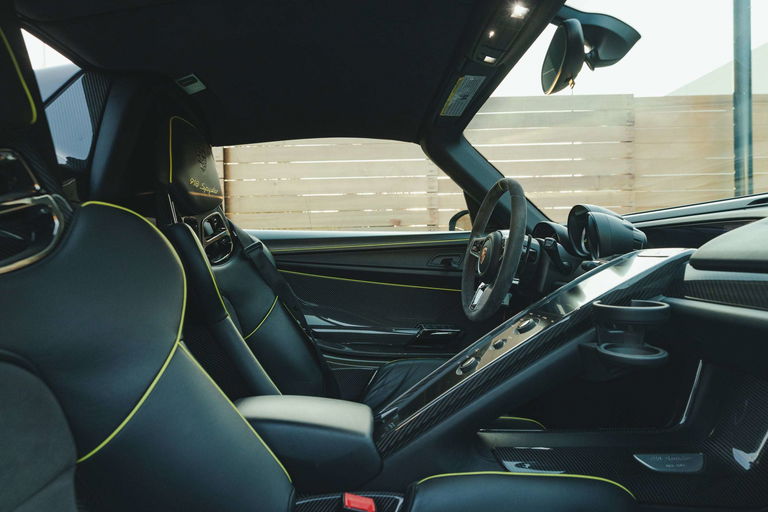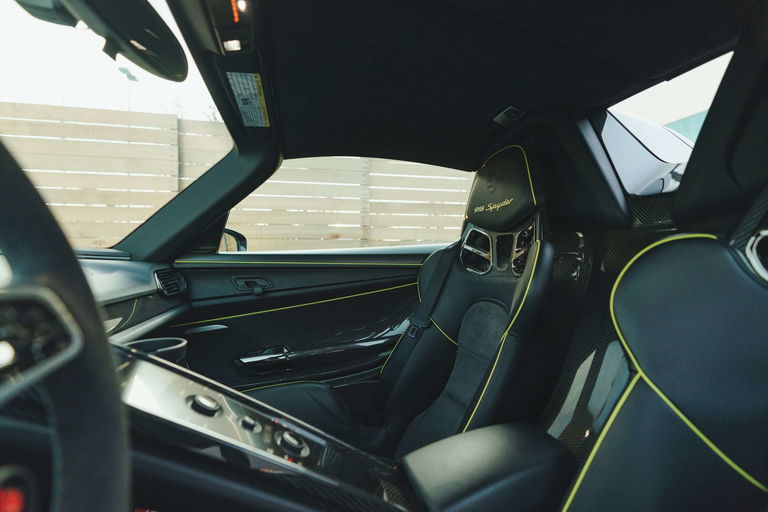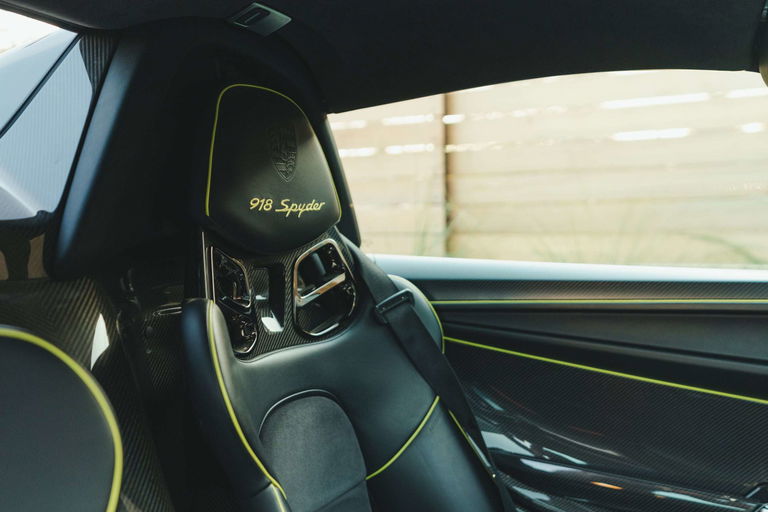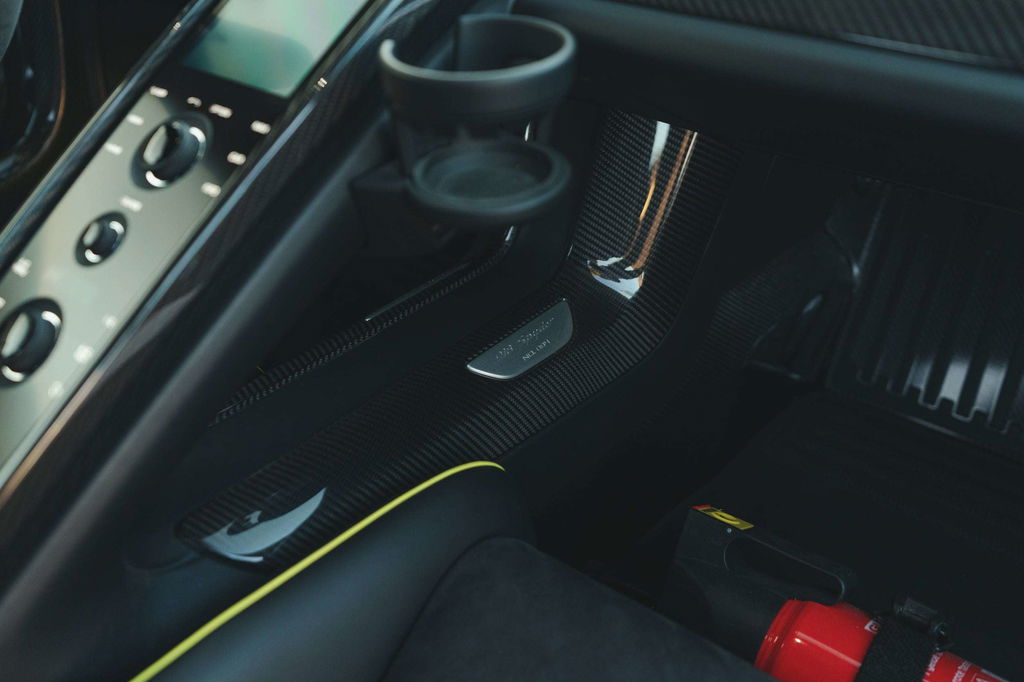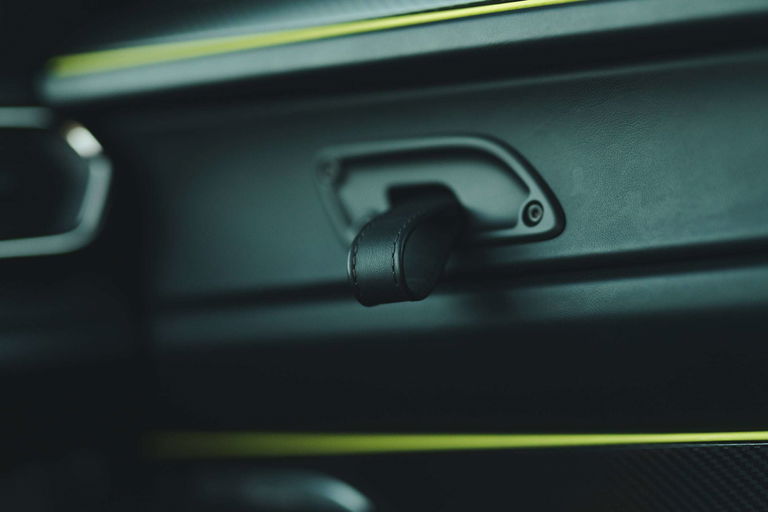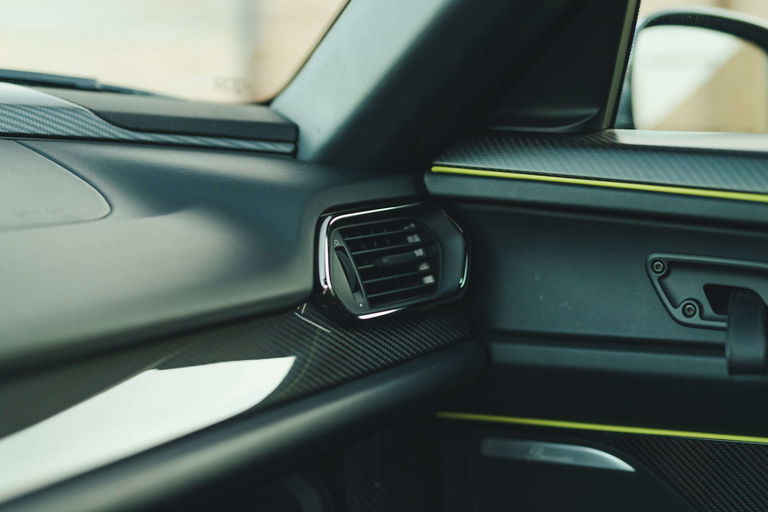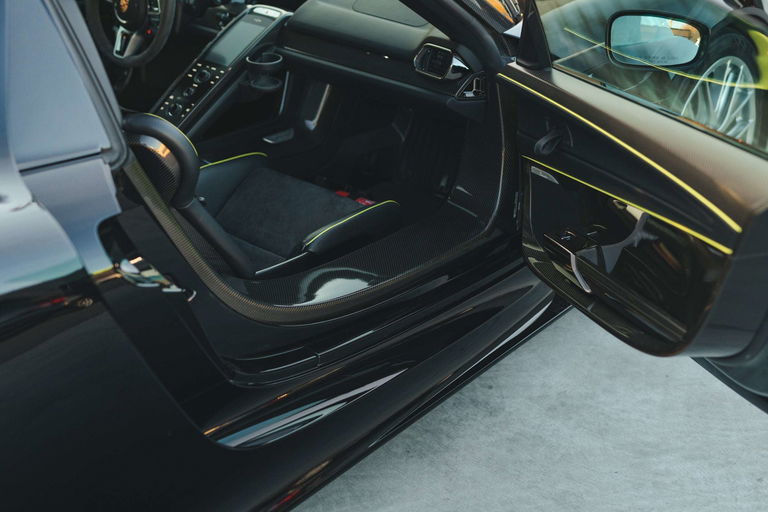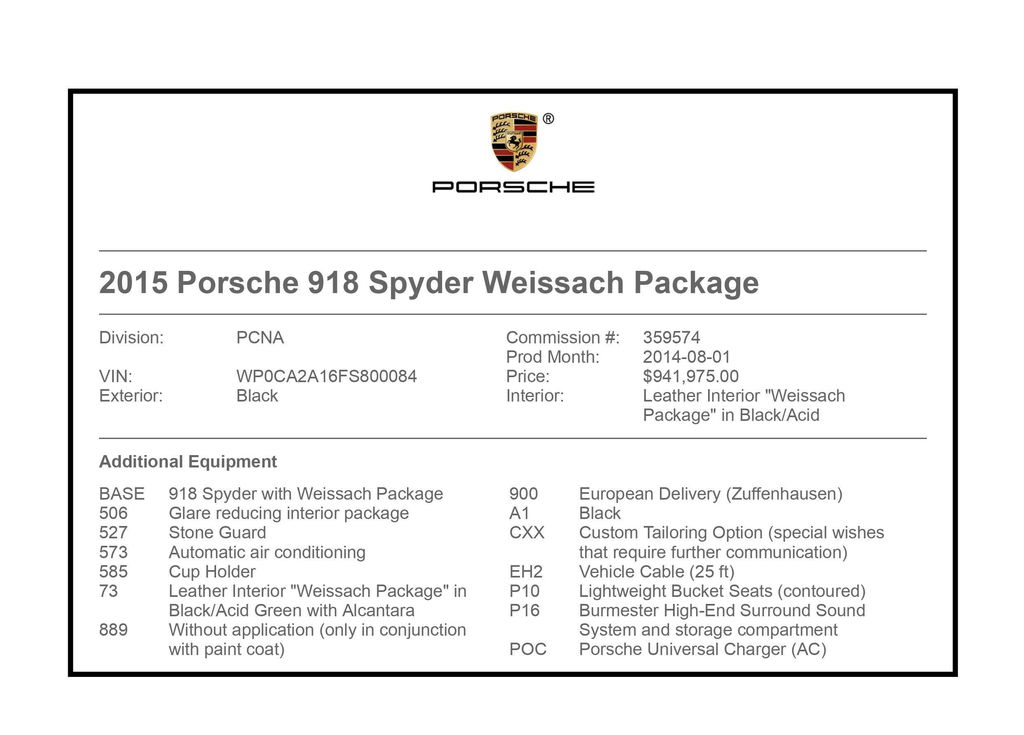With increasing pressure coming down on manufacturers to reign in their carbon emissions, the 2010s saw many companies beginning their shift to hybridization and electrification of cars in their lineups. For more mainstream manufacturers it wasn’t so difficult but for brands who have built their legend off of performance and driving excitement, they had to come at the challenge from a different angle. In 2013, Porsche, Ferrari and McLaren each brought out a new hypercar and all three were propelled by both gas and electricity. Each had its own strengths and the gas motors they were built around were all drastically different, but one thing they all shared was that they were unbelievably fast. Porsche’s 918 Spyder was the first of the three companies to debut their car and the design was widely acclaimed upon its release.
The design was strongly influenced by their previous hypercar the Carrera GT and featured a removable targa top and extensive use of carbon fiber. What really separates the 918 Spyder from anything else Porsche had ever produce to that point is the powerplant. A 4.6-Liter naturally aspirated V8 based on that used in the RS Spyder LeMans Prototype racing car- weighing just 298 pounds, the motor produces 599 horsepower and 398 Lb-ft of torque and revs to nearly 9,000 RPM. This engine was supplemented by a pair of electric motors which produce a total of 282 horsepower. One electric motor with 154 horsepower runs in parallel with the gas motor and powers the rear wheels while also serving as the main generator for the vehicle. The other motor produces 127 horsepower and sits over the front axle to help pull the car out of corners and completely decouples when not in use. In total, the 918 Spyder has 875 horsepower and 944 lb-ft of torque which is enough for it to sprint from 0-60 mph in 2.2 seconds, 0-180 mph in 17.5 seconds and has a top speed over 218 mph. Between September of 2013 and June of 2015, Porsche built 918 cars.
One of the most significant option packages on the 918 Spyder is the Weissach Package- with a cost of $84,000 from the factory, it was designed to reduce the car’s weight, improve aerodynamics and make it more track focused. The most noticeable differences with a Weissach car are the magnesium wheels and large rear carbon fiber diffuser, which wraps around the sides of the car in the rear to aid in airflow. Additionally, the windshield frame, roof panels and rear fenders were all carbon to cut down on the overall weight of the car. This package slashed 90 lbs off the overall weight of the car and gave the body a more purposeful appearance that greatly improves the looks of the 918 Spyder while simultaneously improving performance.
